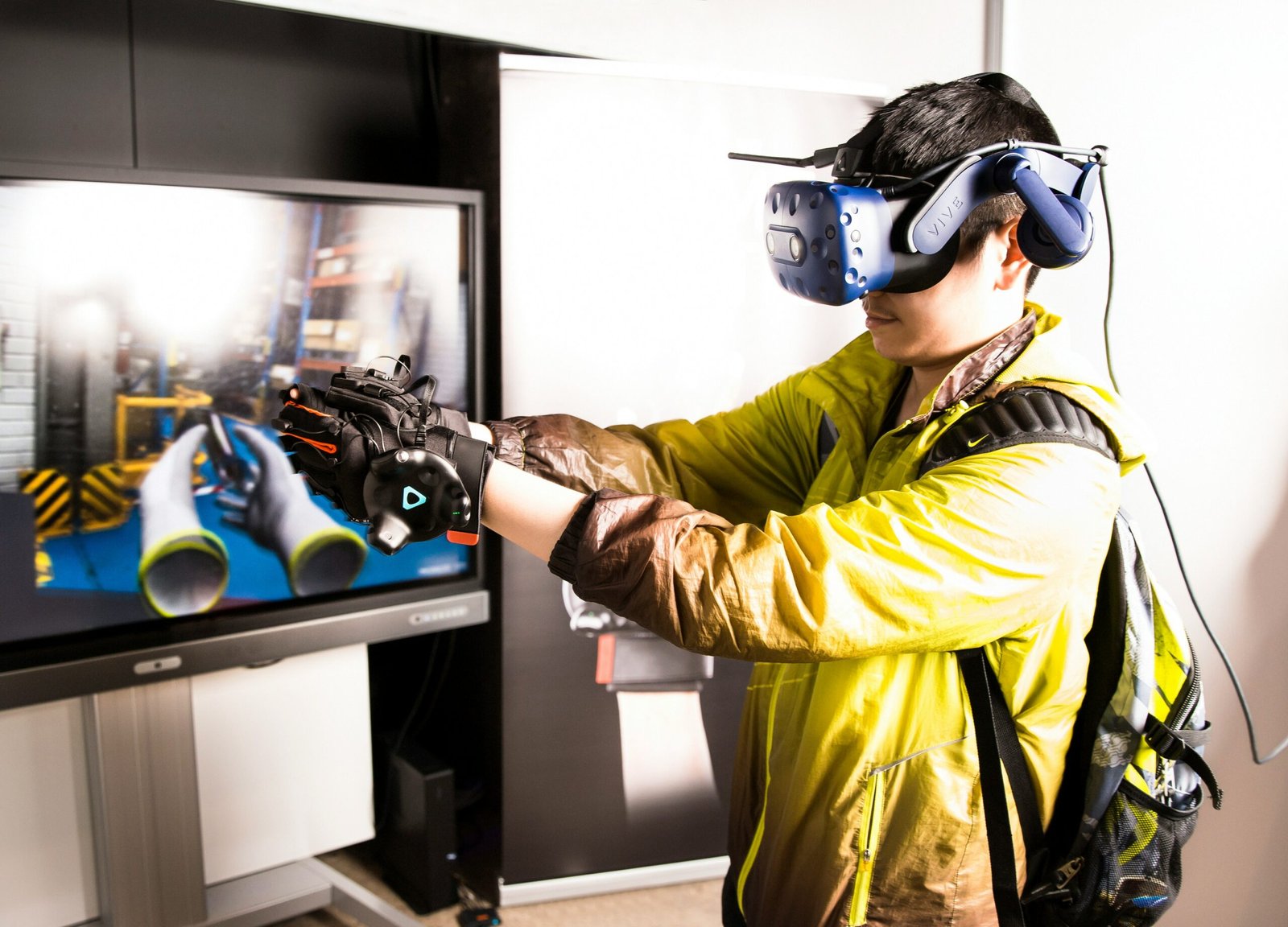In recent years, technology has revolutionized various industries, including education. Augmented Reality (AR) is one such technological advancement that has the potential to transform the way we learn and teach. By overlaying digital information in the real world, AR provides students with immersive learning experiences and interactive teaching tools. In this article, we will discuss the impact of AR technology on educational methods and how it enhances learning experiences.
One of the key benefits of AR in education is its ability to make learning more engaging and interactive. Traditional teaching methods often rely on textbooks and lectures, which can be passive and less stimulating for students. With AR, students can visualize complex concepts in a more interactive and dynamic way. For example, instead of reading about the solar system, students can use AR to explore the planets and their orbits in a virtual environment. This hands-on approach not only enhances understanding but also sparks curiosity and encourages active participation.
AR also allows for personalized learning experiences. Every student has unique learning styles and preferences. With AR, educators can tailor the content to suit individual needs, making learning more effective and enjoyable. For instance, students can use AR apps to solve math problems at their own pace or explore historical landmarks in a virtual tour. This personalized approach fosters a deeper understanding of the subject matter and promotes self-directed learning.
Furthermore, AR technology has the potential to bridge the gap between theoretical knowledge and real-world applications. Many concepts taught in classrooms may seem abstract and disconnected from everyday life. AR can bring these concepts to life by overlaying digital information onto real-world objects. For example, students studying biology can use AR to examine 3D models of cells or dissect virtual organisms. This hands-on experience enables students to see the practical applications of what they learn, making the subject matter more relevant and memorable.
Another advantage of AR in education is its ability to foster collaboration and teamwork. AR applications can enable students to work together on projects and solve problems collectively. For example, students can use AR to collaborate on designing and building virtual structures or simulate scientific experiments. This collaborative learning environment promotes communication, critical thinking, and problem-solving skills, which are essential for success in the modern world.
AR technology also offers accessibility and inclusivity in education. It can provide alternative ways of learning for students with different learning styles or disabilities. For instance, students with visual impairments can use AR to access visual information through audio descriptions or haptic feedback. This inclusivity ensures that all students have equal opportunities to learn and succeed.
Despite its numerous benefits, it is important to note that AR technology is still in its early stages of implementation in education. There are challenges such as cost, technical infrastructure, and training for educators. However, as technology continues to advance and become more affordable, the potential for AR in education is immense.
In conclusion, augmented reality (AR) has the power to revolutionize education by enhancing learning experiences. Through immersive learning environments, interactive teaching tools, and personalized learning experiences, AR technology engages students in a more meaningful way. It bridges the gap between theoretical knowledge and real-world applications, fosters collaboration and inclusivity, and sparks curiosity and active participation. As AR technology continues to evolve, educators and institutions must embrace its potential to create a more engaging and effective learning environment for students.

































